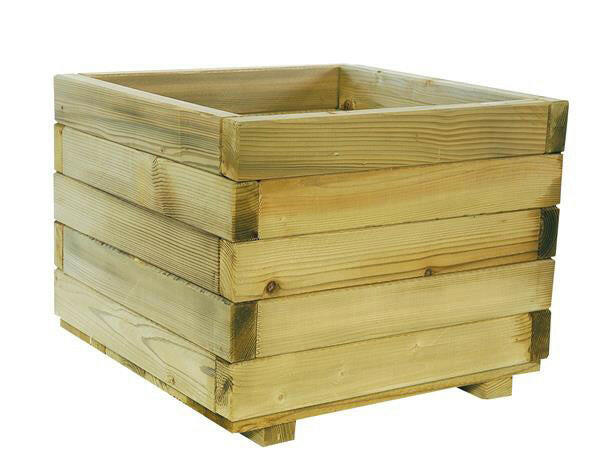The Norway Spruce (Picea abies) - Source of High-Quality Spruce Wood
The Norway spruce, scientifically known as Picea abies, is the primary supplier of spruce wood in Europe. This impressive conifer, native to Northern, Central, and Eastern Europe, was not only the first gymnosperm to have its genome fully mapped, but it also provides one of the most versatile types of wood for the construction and building sector.
Spruce Wood: Characteristics and Applications
- Lightweight yet strong and stable
- Excellent strength-to-weight ratio
- Easy to work with and process
- Widely applicable in construction and building
- Durable with proper use
- Suitable for both indoor and outdoor use

Mature Norway spruce with its characteristic drooping branches
Characteristics of the Norway Spruce
- Height: 35-55 meters (record height: 62.26m in Slovenia)
- Trunk diameter: 1-1.5 meters
- Growth rate: Up to 1 meter per year (first 25 years)
- Bud: Orange-brown and hairless
- Needles: 12-14 mm long, square in cross-section
- Cones: 9-17 cm long (largest of all spruces)
- Seeds: Black, 4-5 mm long
- Seed wing: Light brown, 15 mm

The characteristic cones of the Norway spruce, the largest among spruce species
Natural Distribution
- Northern Europe up to the Arctic Circle (70° N)
- Central Europe in mountainous regions
- Eastern boundary at the Ural Mountains
- Southern boundary in the Balkans to Northern Greece
Did you know?
The wood of the Norway spruce has been used for centuries in the construction of musical instruments, especially for the soundboards of pianos and violins, due to its excellent acoustic properties.
Taxonomy and Variation
- Southeast European populations have longer cones (var. acuminata)
- Closely related to the Siberian spruce (Picea obovata)
- Often hybridizes in border areas
- Rare Alpine variant in Switzerland with blue needles
Applications of Spruce Wood
The wood of the Norway spruce is widely used in various sectors:
- Construction wood for roof and floor structures
- Frames and frameworks
- Interior and exterior cladding
- Packaging materials and pallets
- Paper and cardboard production
- Musical instruments (resonance wood)
"Spruce wood from the Norway spruce combines excellent technical properties with durability and versatility, making it one of the most used types of wood in Europe."
Sustainable Forestry
The Norway spruce is an important species in sustainable forestry:
- Fast growth: optimal wood production
- Good natural regeneration
- Significant CO2 sequestration
- Suitable for large-scale reforestation

























